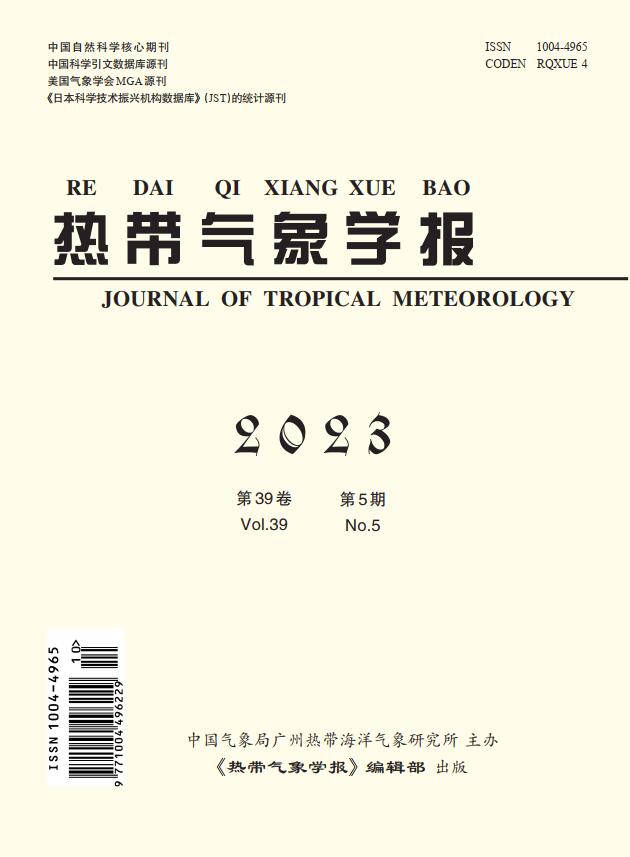Observational and Mechanistic Analysis of a Nighttime Warm-Sector Heavy Rainfall Event Within the Subtropical High over the Southeastern Coast of China
IF 1.4
4区 地球科学
Q4 METEOROLOGY & ATMOSPHERIC SCIENCES
引用次数: 0
Abstract
: In August 2021, a warm-sector heavy rainfall event under the control of the western Pacific subtropical high occurred over the southeastern coast of China. Induced by a linearly shaped mesoscale convective system (MCS), this heavy rainfall event was characterized by localized heavy rainfall, high cumulative rainfall, and extreme rainfall intensity. Using various observational data, this study first analyzed the precipitation features and radar reflectivity evolution. It then examined the role of environmental conditions and the relationship between the ambient wind field and convective initiation (CI). Furthermore, the dynamic lifting mechanism within the organization of the MCS was revealed by employing multi-Doppler radar retrieval methods. Results demonstrated that the linearly shaped MCS, developed under the influence of the subtropical high, was the primary cause of the extreme rainfall event. High temperatures and humidity, coupled with the convergence of low-level southerly winds, established the environmental conditions for MCS development. The superposition of the convergence zone generated by the southerly winds in the boundary layer (925–1000 hPa) and the divergence zone in the lower layer (700–925 hPa) supplied dynamic lifting conditions for CI. Additionally, a long-term shear line (southerly southwesterly) offered favorable conditions for the organization of the linearly shaped MCS. The combined effects of strengthening low-level southerly winds and secondary circulation in mid-upper levels were influential factors in the development and maintenance of the linearly shaped MCS.中国东南沿海副热带高压区夜间暖扇区强降雨事件的观测与机理分析
:2021 年 8 月,在西太平洋副热带高压控制下,中国东南沿海发生了一次暖扇区强降雨事件。在线状中尺度对流系统(MCS)的诱导下,此次强降雨事件呈现出局地大暴雨、累积雨量大、降雨强度大的特点。本研究利用各种观测数据,首先分析了降水特征和雷达反射率的演变。然后,研究了环境条件的作用以及环境风场与对流启动(CI)之间的关系。此外,还采用多普勒雷达检索方法揭示了MCS组织内的动态抬升机制。研究结果表明,在副热带高气压影响下形成的线性对流状态是此次极端降雨事件的主要原因。高温和高湿,加上低层偏南风的辐合,为 MCS 的发展创造了环境条件。南风在边界层(925-1000 hPa)产生的辐合带与低层(700-925 hPa)的辐合带叠加,为 CI 提供了动态抬升条件。此外,一条长期切变线(偏南西南风)为线形多云天气的形成提供了有利条件。低层偏南风增强和中高层次级环流的共同作用,是线形多云天气发展和维持的影响因素。
本文章由计算机程序翻译,如有差异,请以英文原文为准。
求助全文
约1分钟内获得全文
求助全文
来源期刊

热带气象学报
METEOROLOGY & ATMOSPHERIC SCIENCES-
CiteScore
1.80
自引率
8.30%
发文量
2793
审稿时长
6-12 weeks
期刊介绍:
Information not localized
 求助内容:
求助内容: 应助结果提醒方式:
应助结果提醒方式:


